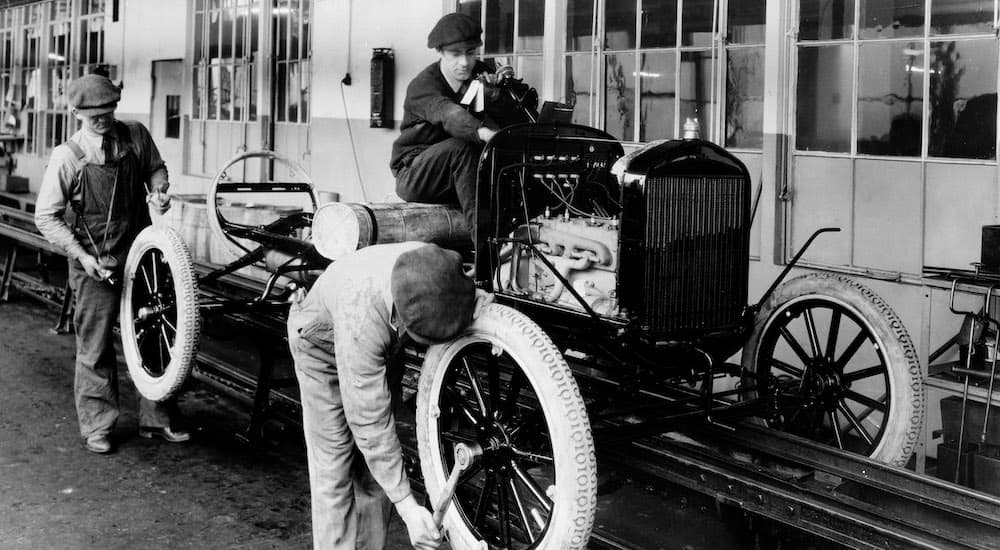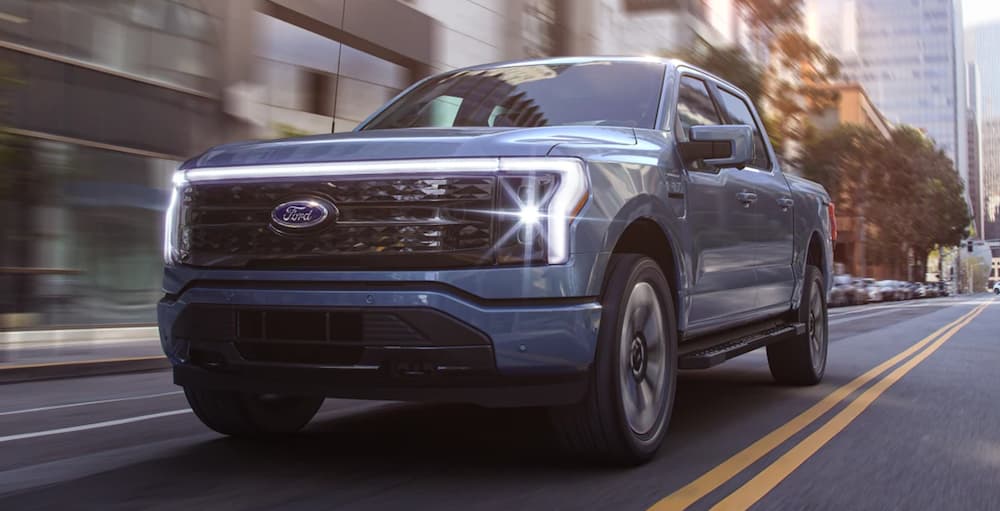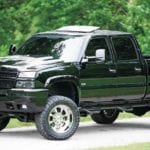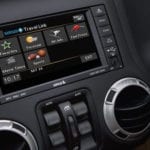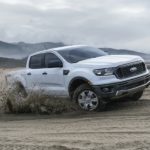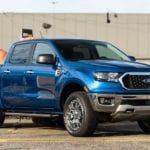From grocery stores and mall parking lots to construction sites, ranches, farms, and beyond, the pickup truck is one of the most popular vehicles in America. The truck was born of necessity in the 1920s when automotive pioneer Henry Ford noticed that farmers were modifying the Model T Roadster to serve them in the fields. This inspired Ford to create his own version of the pickup, which paved the way for the trucks you’ll find today at a new or used truck dealership.
So, what makes the pickup truck an American icon? Here’s a closer look at the history of the pickup truck from the first 1925 Model T Roadster with its pickup body to modern trucks like the Ram 1500 that seamlessly blend luxury and performance. These powerful workhorses are fit for any road and are capable of logging hundreds of thousands of miles without breaking a sweat, thanks to the innovation of automakers like Ford, GM, and Ram.
1920s: The Model T is Modified
The Model T was already a staple in America in the 1920s when Henry Ford finally decided to give American drivers what they needed straight from the factory. For years, farmers across the country modified the Model T with cargo boxes and other accessories to better serve their needs on the farm and elsewhere. However, the factory was slow to catch on, and it wasn’t until 1925 that the first factory-built truck – the Model T Roadster with Pickup Body – made its debut. As Ford anticipated, the truck was a massive success and sold 135,000 units as farmers discovered the truck could get the job done much quicker than their trusty steeds.
1940s: The War Efforts and 4WD
Although four-wheel-drive was available in some early vehicles, it wasn’t until World War II that it became common. In 1940, the Willys-Overland Jeep was delivered to the United States Army, which had sent out a bid to 135 automakers to design a light reconnaissance vehicle that would serve them in the war efforts. Thus, the Jeep was born and, by the next decade, civilians finally got the chance to get behind the wheel of the rugged and capable rig that made four-wheel-drive popular. 4×4 made its way to traditional pickup trucks in 1945, when Dodge debuted the original Power Wagon based on its own wartime designs.
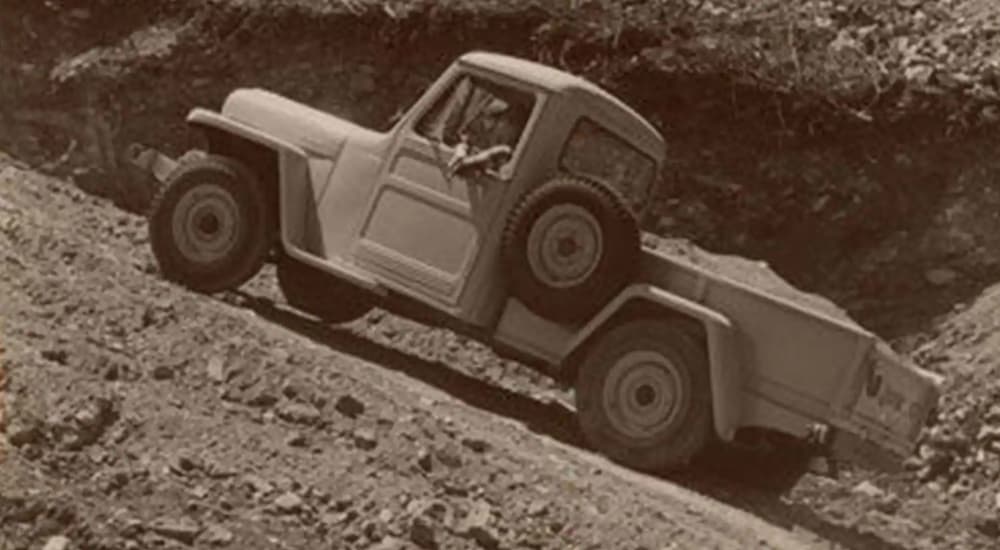
1950s and 1960s: More Features, More Luxury
By the 1950s, four-wheel-drive was a standard option on pickup trucks, but the automotive industry saw a new trend as more drivers opted for forward-control pickups that boasted shorter front ends and longer bed lengths. Typically built like a van, models like the Volkswagen Transporter, Jeep FC-150, Chevrolet Corvair Pickup, and the Ford Falcon Econoline became widely popular throughout the decade. The trucks were easy to maneuver and were incredibly popular whether you worked on the farm or in the city.
The functionality of models like the Corvair, Transporter, and Econoline brought more and more trucks into cities where drivers wanted more in terms of style and features. This gave rise to models like the 1955 Chevy Cameo Carrier, which featured the first-ever smooth-sided cargo bed, chrome accents, and two-tone exterior. Inside, Chevy gave drivers plenty of luxury with two-tone upholstery, dual sun visors, and armrests, all of which were unheard of in a truck.
Surprisingly, just as city drivers demanded more features in their trucks, the popularity of pickup campers also grew as families discovered the joy of camping and escaping the hustle and bustle of city life. GM, Dodge, and Ford catered to this craze with new models that featured longer beds, more powerful engines, better brakes, and improved suspensions. These components, along with larger side mirrors and a sliding rear window, made outfitting the truck with a camper even easier.
1970s and 1980s: Crew Cabs and the Mini-Truck Craze
Although International Harvester debuted the first crew cab in 1957, automakers like Chevrolet and GMC didn’t jump on board until the 1970s. By then, crew cabs were no longer solely meant for hauling workers to and from job sites but were also practical options for families. GMC and Chevrolet targeted this audience and started designing luxury crew cabs just as the popularity of compact pickup trucks started to rise thanks to models like the Datsun 1000, Toyota Stout, Chevy LUV, and the Ford Ranger.
By the mid-1970s, the fuel crisis forced the automotive industry to look for an alternative, and that led to the debut of the diesel engine. GM paved the way with the introduction of the 5.7-liter V8 diesel as automakers like Ford followed suit with the debut of its diesel F-series in 1983. Since then, diesel engines have built a solid footing in the truck industry and are known for delivering exceptional capability and efficiency.
1990s: The Rise of the Muscle Truck
Muscle trucks were already well established in the truck industry by the 1960s, but they served more of a practical purpose as workhorses that could haul heavy loads like trailers, boats, and campers. It wasn’t until the 1990s that these muscle trucks shifted their focus from practicality to performance. Chevy catered to this market with the debut of the 1990 Chevy 454 SS that boasted a shorter bed and lighter weight to maximize the 230 horsepower coming from its 7.4-liter V8 engine.
Five years later, Ford also delivered big with the F-150 SVT Lighting that offered a short bed design and two-wheel drive. Equipped with a 5.8-liter V8 engine, the Lightning roared to life with 240 horsepower and a 0 to 60 mph launch time barely over 7 seconds. Fortunately, the truck got even better and more powerful with time, as we see in models like the 2001 Lightning that launches to 60 mph in just 5.2 seconds courtesy of a 380 horsepower 5.4-liter supercharged V8 engine under the hood.
The New Millennium: Blending Performance and Luxury
The growing need for more power in the truck market continued throughout the new millennium and is a constant even today. We see this power in everything from the 2004 Dodge Ram SRT-10 that came equipped with an 8.3-liter V10 engine that delivered 500 horsepower, to modern marvels like the 2021 Ram TRX that produces 702 horsepower from its 6.2-liter supercharged V8 engine. However, along with this need for power is an even bigger need for functionality and comfort to create a truck that works with you and for you as you tackle any job or demand on the road.
Automakers like GM, Ford, and Toyota easily blend functionality, comfort, and performance to create road warriors like the Silverado, F-150, and Tacoma that are not only capable workhorses but boast the latest technology and features. The new millennium ushers in a new wave of technology that evolved from multi-disc CD players to satellite radio, smartphone integration, wireless charging stations, and touchscreen displays. This era also marks the growing need for safety features that extend beyond traditional airbags to driver-assist tools like adaptive cruise control, rearview cameras, and blind-spot detection systems.
Finding Your Place in History
As you shop for a used truck, think about the history of the truck in the American automotive landscape. The truck evolved from a tool to use on the farm into powerful workhorses like the GMC Sierra Denali that blend sophistication and luxury with capability and sheer power. When you get behind the wheel of a truck, you become part of this rich legacy that’s shaped not only the automotive industry but the lives of countless Americans for nearly a century. And with the impending launch of all-electric models like the 2022 F-150 Lightning and Tesla Cybertruck, the pickup is poised to enter an even more exciting future.
